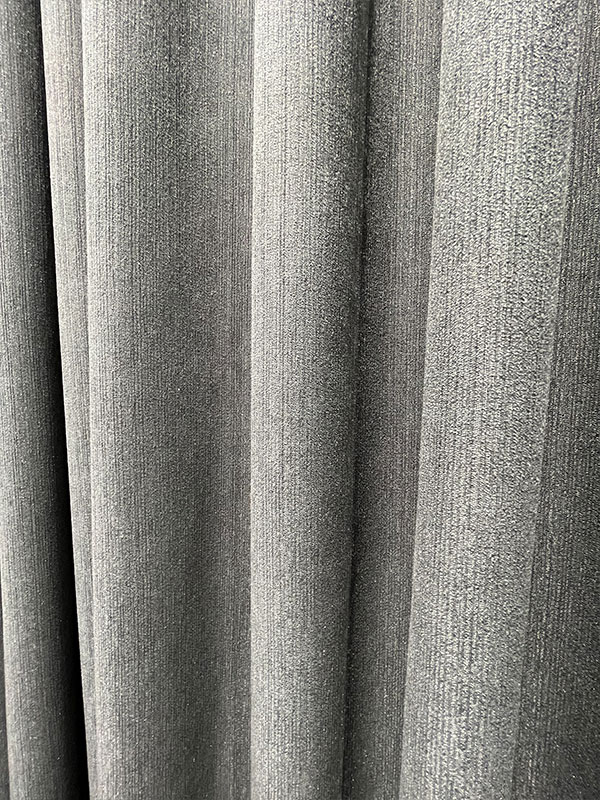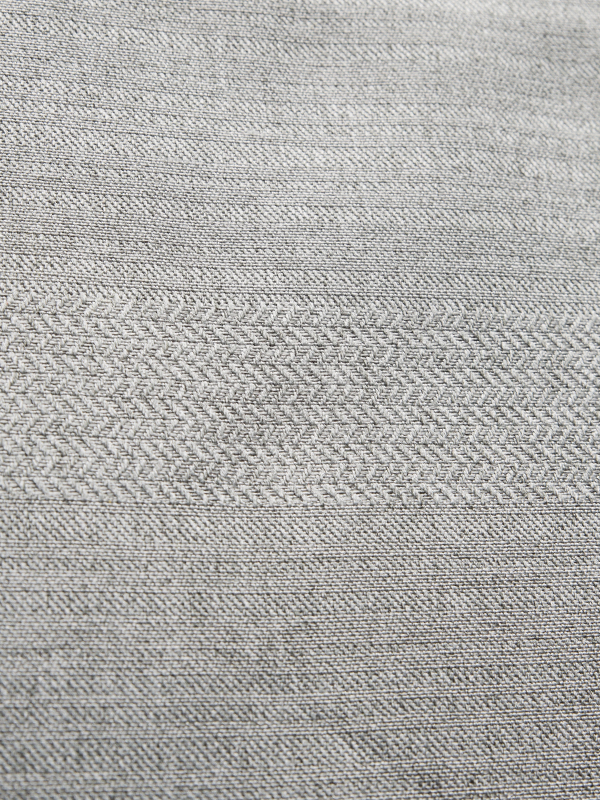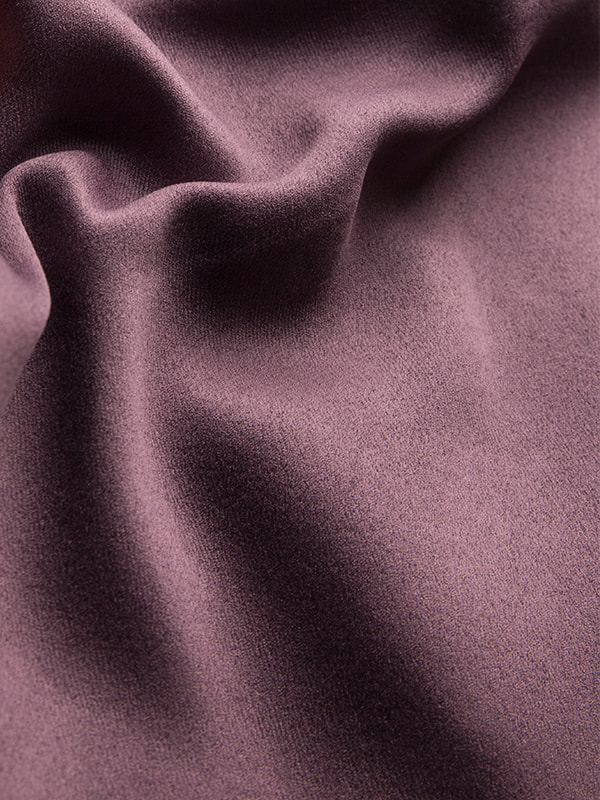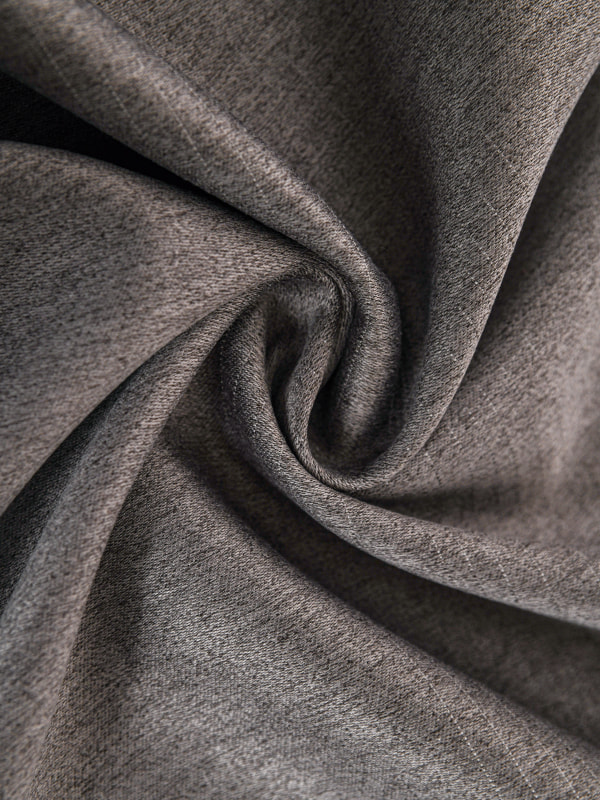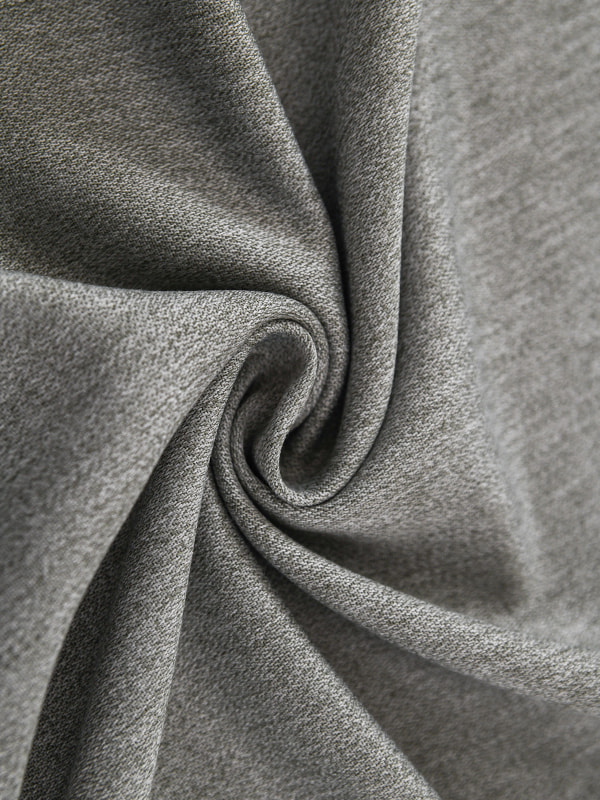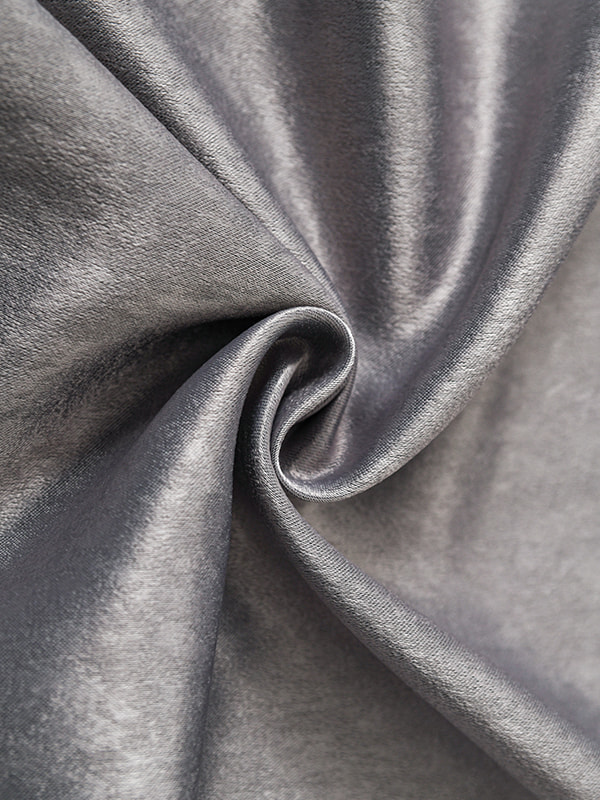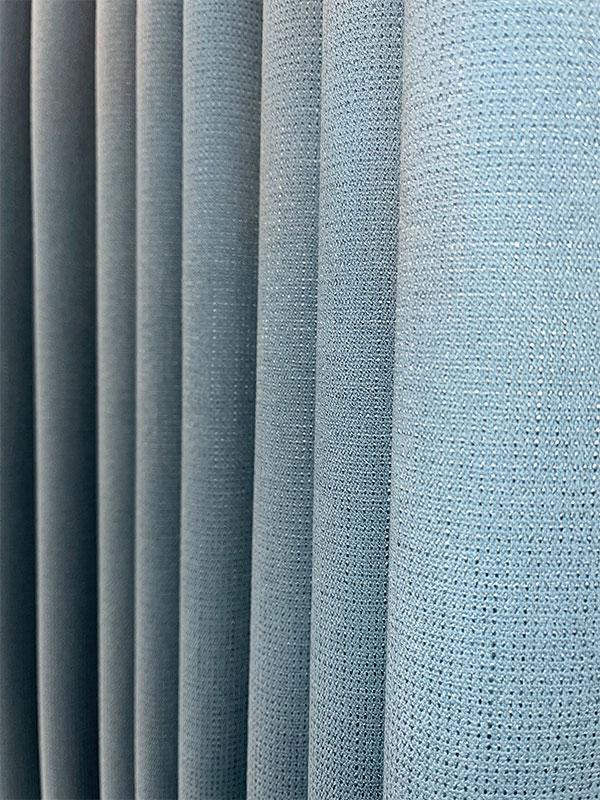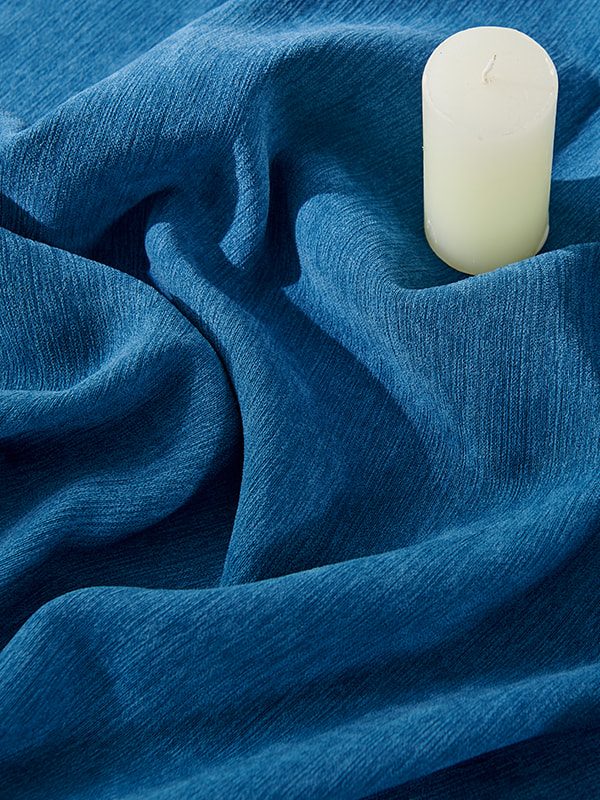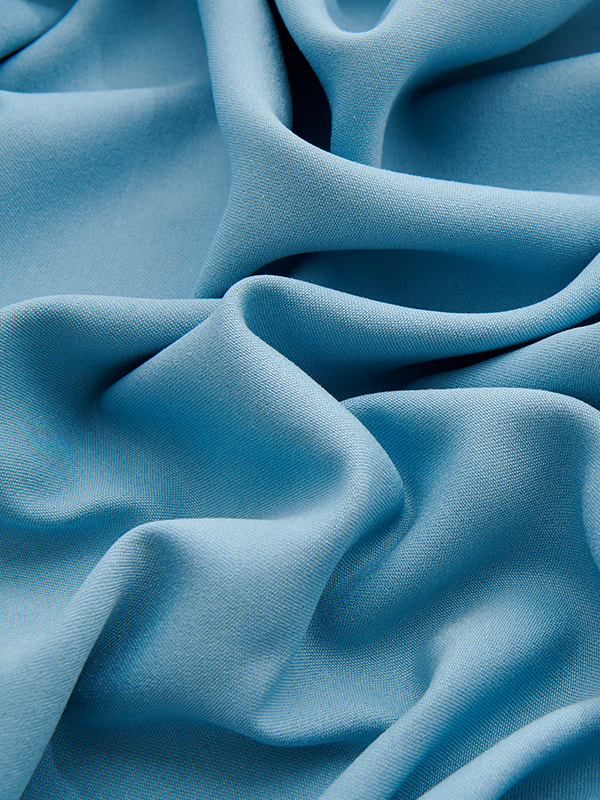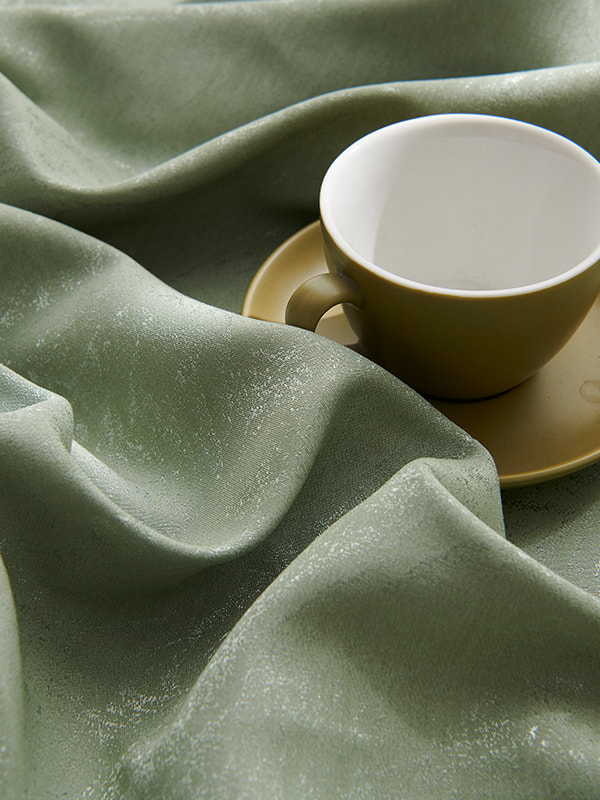Here is a general overview of the chemical composition of curtain fabrics:
Fiber Composition: Curtain fabrics can be made from various types of fibers, including natural fibers (such as cotton, linen, silk) or synthetic fibers (such as polyester, nylon, acrylic). The chemical composition of the fabric will largely depend on the type of fiber used.
Synthetic Fiber Composition: Synthetic fibers are typically made from polymers, which are long chains of repeating chemical units. For example, polyester is made from polyethylene terephthalate (PET), nylon is made from polyamide, and acrylic is made from polyacrylonitrile. These synthetic fibers are produced through chemical processes that involve polymerization, spinning, and further treatment to achieve desired characteristics.
Blend Composition: Curtain fabrics can also be made from fiber blends, which combine different types of fibers to obtain specific properties. For example, a curtain fabric may be a blend of polyester and cotton or a blend of polyester and viscose. In such cases, the chemical composition will be a combination of the respective fiber compositions.
Coating or Treatment: Some curtain fabrics may have additional chemical treatments or coatings applied to enhance their performance. For instance, fabrics can be treated with flame retardants, water repellents, stain-resistant finishes, or anti-static agents. These treatments involve the application of specific chemical substances to achieve desired functional properties.
Besides,The production steps of retro light luxury curtain fabric can vary depending on the manufacturer, but here is a general overview of the typical production process:
Design and Fabric Selection: The first step in producing retro light luxury curtain fabric is the design phase. Designers create the desired patterns, colors, and motifs for the fabric. Once the design is finalized, the appropriate fabric type is selected based on the desired aesthetic and functional properties.
Yarn Preparation: The selected yarns are prepared for fabric production. This may involve processes such as spinning, twisting, and winding to create yarns with the desired characteristics. The yarns can be natural fibers (such as cotton, linen, silk) or synthetic fibers (such as polyester, nylon, acrylic).
Dyeing and Printing: If the fabric requires color or pattern, it goes through the dyeing and printing process. Dyeing involves immersing the fabric in dye baths to achieve the desired color. Printing can be done using various techniques such as screen printing, digital printing, or heat transfer printing to apply patterns or designs onto the fabric.
Weaving or Knitting: The dyed or printed yarns are then processed through weaving or knitting machines to create the fabric. Weaving involves interlacing the yarns together to form a woven fabric with distinct patterns and structures. Knitting, on the other hand, uses a series of interconnected loops to create a knitted fabric. The choice between weaving and knitting depends on the desired fabric characteristics.
Finishing: Once the fabric is woven or knitted, it goes through a finishing process to enhance its appearance, feel, and performance. Finishing treatments can include processes such as brushing, calendering, singeing, or coating to achieve specific effects like softness, luster, or wrinkle resistance. Additionally, the fabric may undergo treatments for shrinkage control, stain resistance, or flame retardancy.
Quality Control and Inspection: Throughout the production process, quality control measures are implemented to ensure that the fabric meets the required specifications and standards. This involves conducting various tests and inspections to check for color consistency, fabric strength, dimensional stability, and other relevant parameters.
Cutting and Sewing: Once the fabric is inspected and approved, it is cut into desired lengths or panels for curtain production. The cut fabric is then sewn together to create the final curtain product. This includes hemming the edges, attaching linings or interlinings, and adding any necessary hardware such as hooks or grommets.
Packaging and Distribution: After the curtains are completed, they undergo a final inspection to ensure they meet quality standards. They are then packaged and prepared for distribution to retailers or customers.



 English
English русский
русский عربى
عربى Español
Español
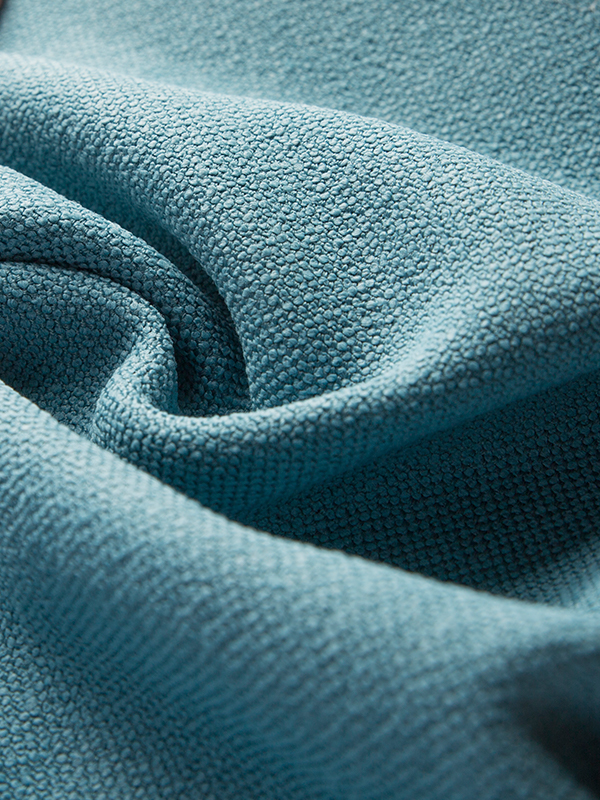
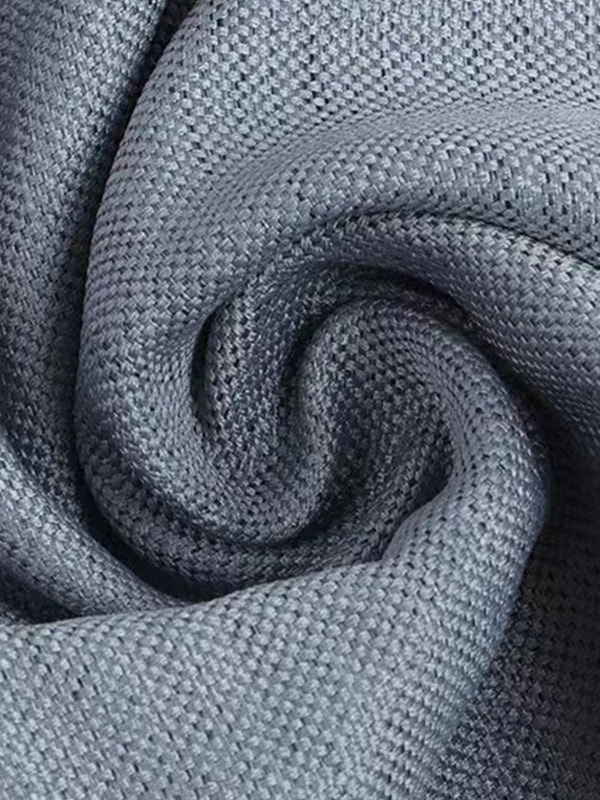
.jpg)

